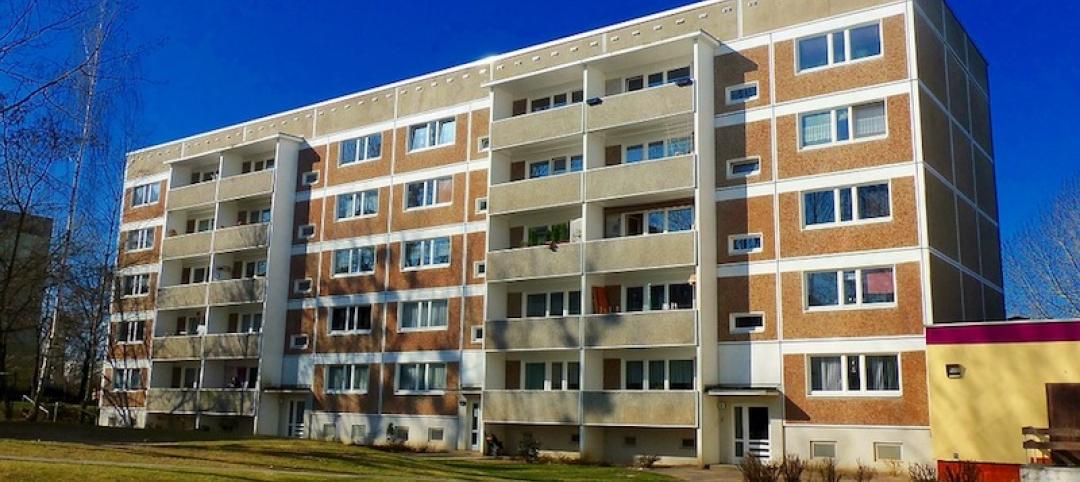The Obama Administration has pledged $1 billion in federal funding to protect the New York City region from flooding like the area experienced from Superstorm Sandy.
The money will go towards the construction of a system of dikes around the tip of lower Manhattan, and water pumps and parks across the Hudson River in New Jersey.
Six projects were chosen from a design competition created by a Hurricane Sandy Rebuilding Task Force and are intended to safeguard low-lying coastal areas. The projects include “The Big U,” an 8-mile long system of dikes around the tip of Lower Manhattan, a series of natural breakwaters—oyster beds and other living reefs—that could absorb storm waters heading for Staten Island, and an initiative to help drain stretches of Long Island.
In northern New Jersey, two projects will create green space to slow storm surges, install water pumps to discharge the runoff, and create additional wetlands and a multi-purpose berm. The projects still must undergo government review, and it would likely be many years before they can be completed.
(http://nypost.com/2014/06/03/feds-announce-projects-to-protect-nyc-and-nj-from-storm-damage/)
Related Stories
Codes and Standards | Jan 7, 2019
Washington, D.C., to transition to 100% renewable energy by 2032
Includes measures to reduce emissions from buildings and transportation.
Codes and Standards | Jan 4, 2019
Canada’s National Building Code will include climate change obligations
New durability requirements for new buildings in the works.
Codes and Standards | Jan 4, 2019
LEED v4.1 beta registration begins in January
First releases are O+M, BD+C, and ID+C.
Codes and Standards | Jan 3, 2019
U.S. Appeals Court says general contractors can be cited for subcontractor violations
Ruling will prompt review of OSH decision that said GCs cannot be held liable for subs’ violations.
Codes and Standards | Jan 3, 2019
Tall mass timber code changes receive final approval
New provisions to be included in the 2021 International Building Code.
Codes and Standards | Jan 2, 2019
ASHRAE’s Low-Rise Residential Buildings standard update now available
Performance measures are at least 50% more efficient than 2006 IECC.
Codes and Standards | Jan 2, 2019
Study compares labor hours for various low-slope roofing options
Type of roof covering, project parameters, tool management, and crew efficiency all impact profitability.
Codes and Standards | Dec 20, 2018
New York’s ‘Scaffold Law’ under fire for driving up project costs
Lawmakers under pressure to reform law that makes contractors 100% liable for work-site injuries.
Codes and Standards | Dec 19, 2018
Guidance for water utilities on indoor recycled water use released
Provides recommended ranges on 13 different parameters of water quality.
Codes and Standards | Dec 18, 2018
Development in Africa, Asia, and uptake in air conditioning will require more efficient buildings
Dramatic action will be needed for global building sector to cut carbon in line with international agreements.

















